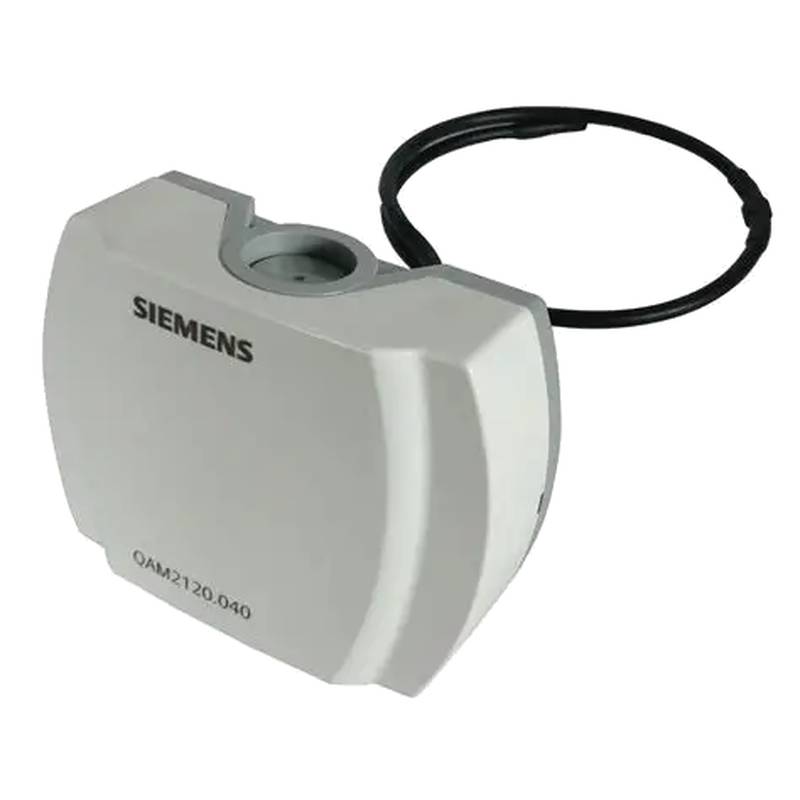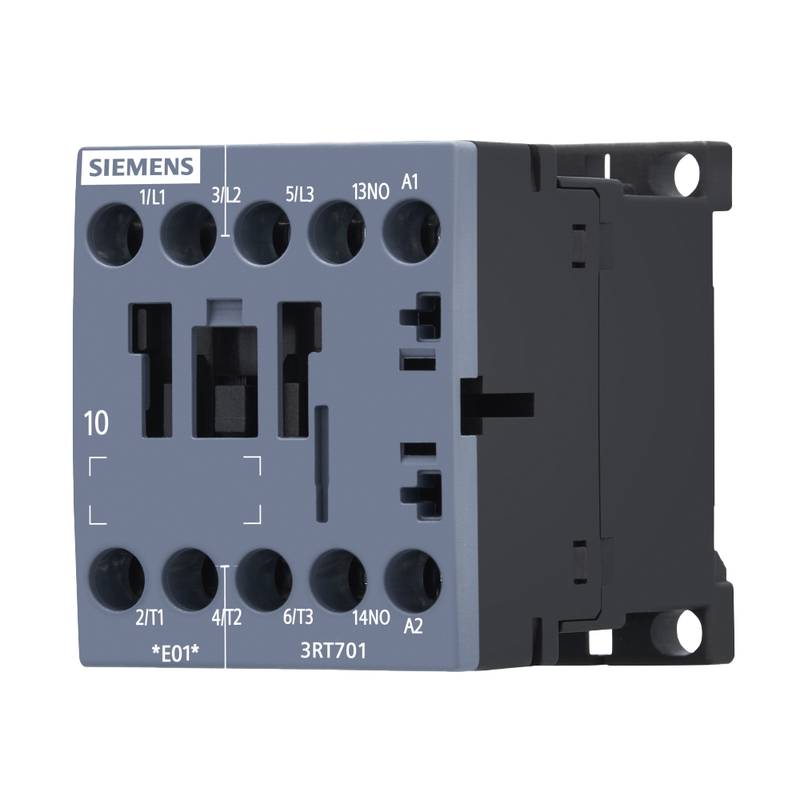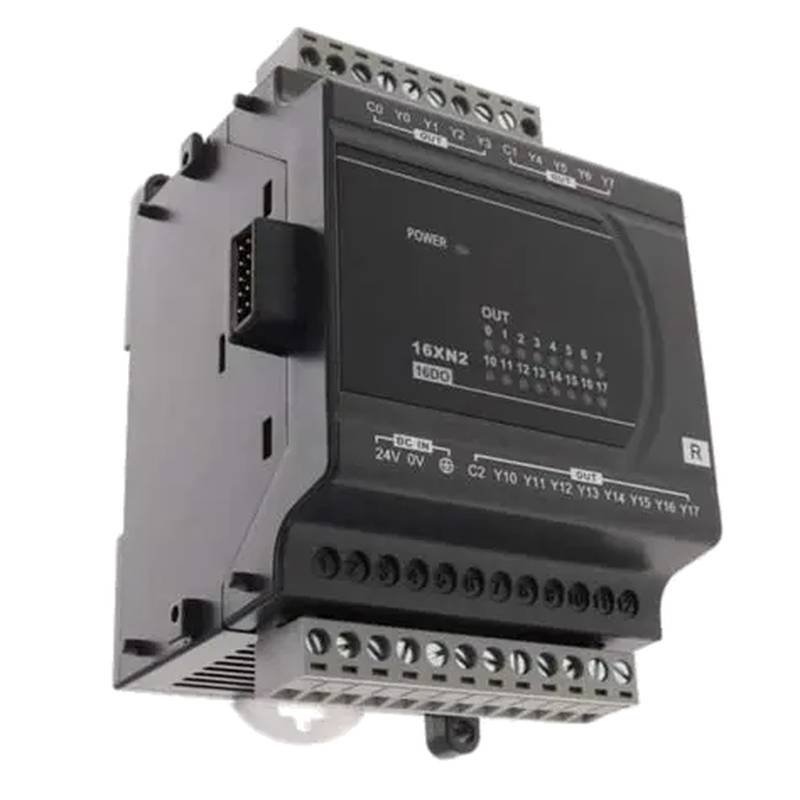
The Siemens BPZ:QAM2112.040 Thermocouple Temperature Sensor is a critical component for precise temperature measurement in demanding industrial environments. This sensor excels due to its robust construction, rapid response time, and compatibility with a wide range of Siemens automation systems. Its core technical specifications include a measurement range of -50 to +600°C, a Type K thermocouple, and a connection head conforming to DIN 43729 Form B. Designed for reliability, the BPZ:QAM2112.040 ensures accurate data acquisition for process control and safety applications.
Product Specifications
| Parameter | Specification |
| :------------------------- | :------------------------------------------- |
| Product Type | Thermocouple Temperature Sensor |
| Siemens Product Number | BPZ:QAM2112.040 |
| Thermocouple Type | K |
| Measurement Range | -50 to +600°C |
| Connection Head Form | DIN 43729 Form B |
| Sheath Material | Stainless Steel (specific grade may vary) |
| Ingress Protection | IP65 (typical for connection head) |
| Response Time (approx.) | Varies with immersion depth and fluid |
| Accuracy Class | Class 2 (IEC 60584-1) |
| Voltage | Low voltage, intrinsic safety considerations |
Core Features & Market Positioning
The Siemens BPZ:QAM2112.040 distinguishes itself through its reliable performance within Siemens' extensive automation portfolio, positioning it as a go-to solution for users already invested in the Siemens ecosystem. Its Type K thermocouple offers a versatile temperature sensing capability suitable for a broad spectrum of applications. The robust DIN Form B connection head provides a secure and accessible point for wiring and maintenance, enhancing its practicality in industrial settings. Compared to generic sensors, the BPZ:QAM2112.040 benefits from Siemens' stringent quality control and integration support, assuring consistent performance and reducing the risk of system incompatibilities.
Key Application Scenarios
This thermocouple finds extensive use in process industries requiring accurate temperature monitoring. Common applications include temperature control in chemical reactors, monitoring of fluid temperatures in pipelines within the oil and gas sector, and ensuring optimal conditions in food and beverage processing equipment. Its suitability for medium-high temperature ranges makes it ideal for HVAC systems and industrial drying processes where precise thermal management is crucial for product quality and energy efficiency. The robust design also lends itself to applications within power generation facilities, monitoring steam or exhaust temperatures.
Practical System Integration Guidance
Integrating the Siemens BPZ:QAM2112.040 into a control system, such as a Siemens SIMATIC PLC, typically involves connecting the thermocouple wires to the appropriate analog input module. For Type K thermocouples, ensure correct polarity is observed (positive to terminal 'P' or '+', negative to terminal 'N' or '-'). The sensor's output is a low-level voltage signal, so signal conditioning and cold-junction compensation are handled by the PLC's input module or a dedicated transmitter. For direct PLC connection, use terminals configured for thermocouple inputs. Ensure the sensor sheath is adequately immersed in the medium being measured to achieve accurate readings.
Operation and Risk Mitigation
Operating the BPZ:QAM2112.040 requires adherence to its specified temperature limits (-50 to +600°C) to prevent sensor damage or inaccurate readings. Regular visual inspection of the sheath for corrosion or physical damage is recommended. In systems with high temperatures, ensure proper insulation and safety clearances. Faults, such as open-circuit or short-circuit in the thermocouple, will typically result in an input signal outside the normal range, triggering an alarm or error in the control system. Refer to the specific PLC or automation system's diagnostics for interpreting these faults. Proper grounding of the connection head can prevent electrical interference.
Scalability & Long-Term Value
The long-term value of the Siemens BPZ:QAM2112.040 is significantly enhanced by its compatibility with Siemens' vast industrial automation platform, including SIMATIC PLCs and HMI systems. This ensures seamless integration into existing or future digital transformation initiatives, including IIoT applications for predictive maintenance and advanced analytics. Its availability as a standard component simplifies inventory management and replacement. While the sensor itself is not inherently "upgradable," its integration within a scalable Siemens architecture allows for easier expansion of monitoring capabilities across a plant by adding more input channels or upgrading the central control system.
Frequently Asked Questions (FAQs)
Q: What is the Siemens BPZ:QAM2112.040 thermocouple type?
A: This sensor utilizes a Type K thermocouple.
Type K is chosen for its wide temperature range.
It offers a good balance of cost and performance.
Q: What is the operating temperature range of the BPZ:QAM2112.040?
A: The specified operational temperature range is -50°C to +600°C.
Exceeding this range can cause sensor degradation.
Ensure your application stays within these limits for accuracy.
Q: How do I wire the Siemens BPZ:QAM2112.040 to a PLC?
A: Connect the red wire to the negative terminal.
Connect the positive wire (often yellow) to the positive terminal.
Consult your PLC manual for specific thermocouple input configuration.
Q: What does the "DIN 43729 Form B" specification mean?
A: This refers to the standardized connection head design.
Form B indicates a specific shape and terminal block layout.
It ensures compatibility with many industrial enclosures.
Q: Is the BPZ:QAM2112.040 suitable for hazardous areas?
A: Standard versions may not be certified for hazardous areas.
Specialized intrinsic safety versions might be available.
Always check product documentation for ATEX or similar ratings.
Q: What is the accuracy class of this thermocouple?
A: The BPZ:QAM2112.040 typically adheres to IEC 60584-1 Class 2.
This means a certain tolerance on temperature readings.
For higher precision, Class 1 sensors are available.
Q: Can I use this sensor with non-Siemens systems?
A: Yes, Type K sensors are standard and widely compatible.
Ensure your control system supports Type K inputs.
Signal conditioning might be necessary for optimal performance.
Q: How do I protect the thermocouple sensor?
A: Avoid physical damage and chemical corrosion.
Ensure sufficient immersion depth for accurate readings.
Use appropriate protective sheaths for harsh media.
Q: What is the response time of the BPZ:QAM2112.040?
A: Response time varies with installation and medium.
Thicker sheaths and deeper immersion increase response time.
Faster response usually requires a thinner, exposed junction.
Q: Where can I find the full technical datasheet?
A: Full datasheets are available from Siemens product pages.
Search for "Siemens BPZ:QAM2112.040 datasheet."
Contact Siemens technical support for specific documentation.
























